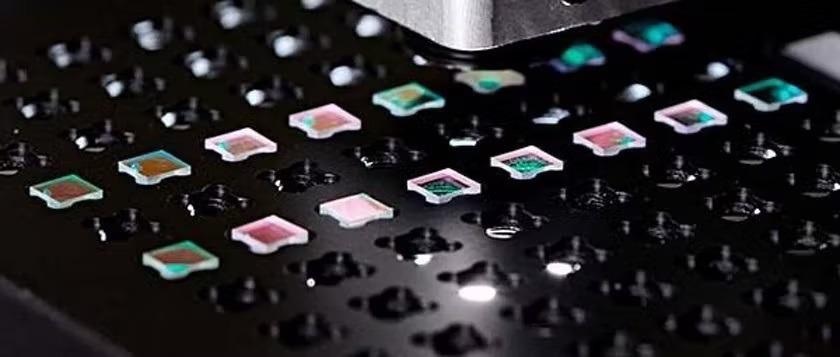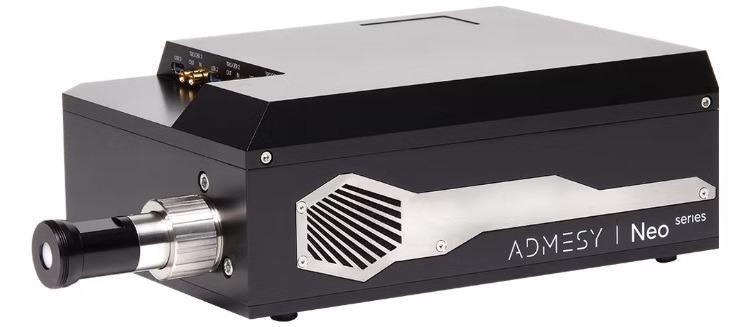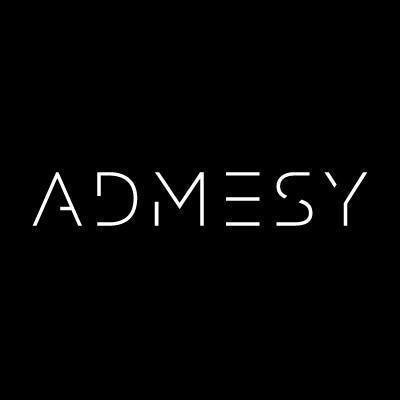The Admesy company is a developer of colorimeters, spectroradiometers and light meters utilized in round-the-clock, large volume production testing and smaller volume niche system manufacturers.
A practical demonstration of the company’s work can be seen at Cutting Edge Coatings GmbH (CEC), a spin-off company of Laser Zentrum Hannover, Germany. CEC has concentrated on the development of ion beam sputtering (IBS) deposition systems since 2007.
CEC’s Navigator IBS deposition system was devised to provide the highest quality coating processes possible in a variety of applications and areas, including:
- Optical wavelengths covering the deep ultraviolet, visible and infrared ranges
- High-capacity coating machines for use in industrialized mass production
- High-performance coating equipment for use in R&D
With three decades of IBS coating experience between them, the Navigator IBS system from Laser Zentrum Hannover and CEC delivers coatings suitable for a range of various optical filters and high-performance laser components such as:
- AR coating
- HR coating
- Complex filters
- Different types of other coatings
A distinctive benefit of the IBS coating systems from CEC is its spectral thin film thickness control system, referred to as broad band optical monitoring (BBOM), which utilizes real-time spectral transmission measurements in the monitoring and controlling of the coating process.

Image Credit: Admesy
Manufacturing Interference Filters
Interference filters with high levels of accuracy, for example, those utilized in the Admesy Prometheus colorimeter series, are manufactured by applying alternating thin-film layers of oxide materials onto a transparent wafer substrate.
The alternating thin-film layers possess high and low refractive indices, and a specifically designed software algorithm utilizes the Fresnel equations to determine the layers’ optimal receipt. The algorithm optimizes the receipt to realize the target filter specifications as set by the user.
The deposition of the correct thickness of every layer is a vital element in achieving a high degree of accuracy in the final filter. CEC’s IBS coating system applies them in atomic layers, which takes several hours and requires constant control, which involves the use of the previously mentioned broadband optical monitoring system.
The Need for Excellent Linearity
Initially, a baseline measurement is performed without any thin-film layers having been applied. As the number of thin layers grows, the change in transmission needs to be determined continuously, with the resulting measurements serving a double function.
First, the thickness of the current layer is calculated, which is achieved as the transmission is a material-related constant, allowing the process to be monitored.
The real layer thickness can differ marginally from the calculated target thickness as a result of small but inescapable inhomogeneities in the layer material. If the type and degree of contamination are not established, it will have an adverse on the filter’s ultimate performance.
To neutralize these minor yet unwelcome deviations, the filter receipt is dynamically optimized, allowing for subsequent layers to adjust for the actual conditions. This is the second reason why accurate spectral measurements are vital in obtaining the highest filter quality possible.
A spectroradiometer’s accuracy and repeatability have a direct influence on the final filter quality reached. Combined with perfect dark current and wavelength calibration, the linearity of the spectroradiometer is also a vital factor.
During the coating run, the absolute transmittance of the layer stack - that is, the filter produced - will constantly change as each layer is applied. It is crucial to have a spectrometer capable of providing a reliable and predictable linear response, even at low transmission values.
If not, changes in transmittance will lead to higher rates of uncertainties in the measurements, affecting the accuracy of the calculated layer thicknesses as a result.

Image Credit: Admesy
Introducing the Admesy Neo Series Spectroradiometer Platform
CEC’s collaboration with Admesy found the new Neo spectroradiometer platform to be a solution to this issue, and the filters produced utilizing the platform now attain much tighter tolerances.
With its well-designed optical and mechanical construction, the Neo spectroradiometer platform provides the highest optical performance for this and similar applications.
Its distinctive industrial-robust coupler, in combination with the supplied SDK, allows for easy hard- and software integration into a commercial solution like the CEC coating machine.

This information has been sourced, reviewed and adapted from materials provided by Admesy.
For more information on this source, please visit Admesy.